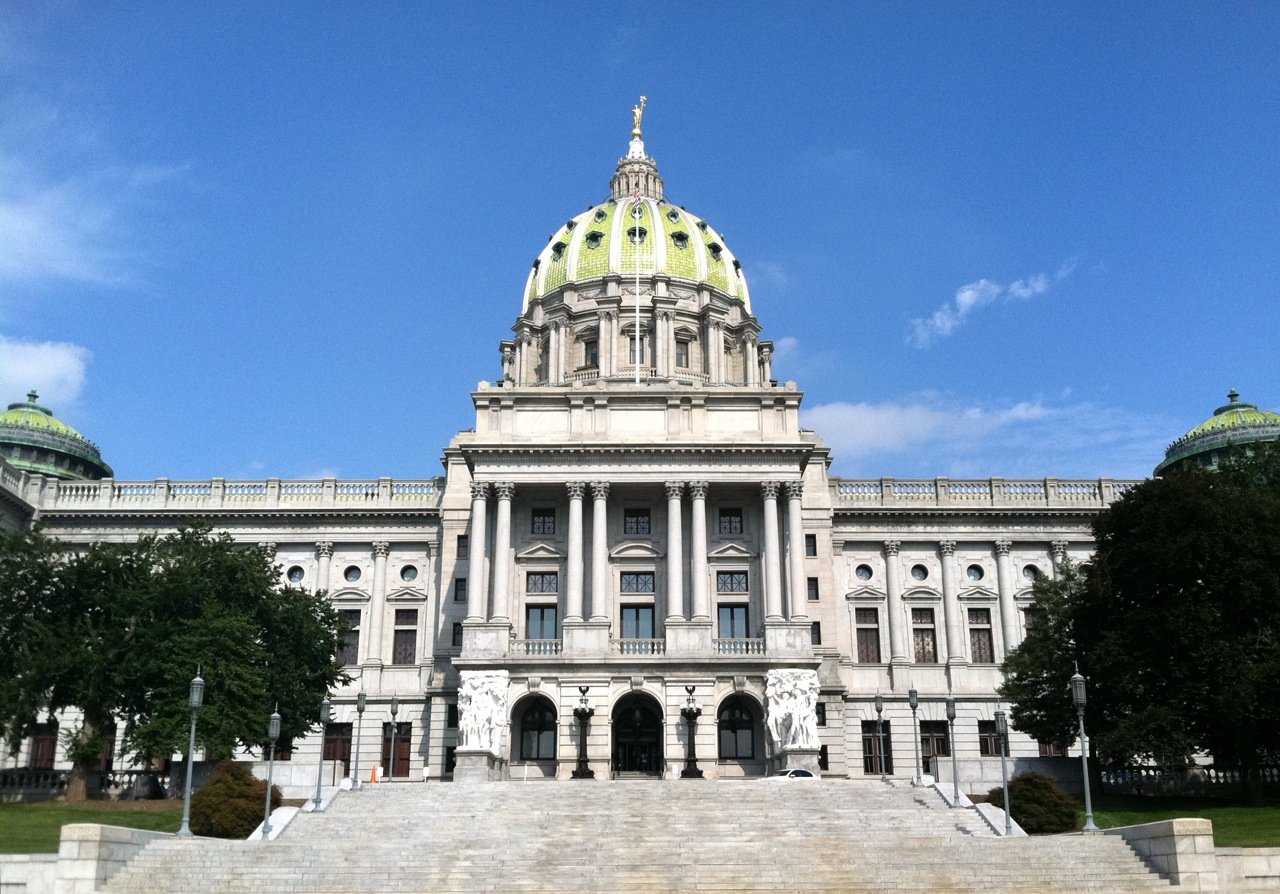Budget Impasse Adversely Affecting the Hungry
Budget Impasse Adversely Affecting the Hungry
Struggling to assure that all in need are fed through adversity
The largest line item in the Westmoreland County Food Bank’s budget is the State Food Purchase Program (SFPP). The first quarter check, which is typically received and spent by the agency at this time of the year, is being held up by the state budget impasse. Pennsylvania leads all states in providing food assistance for the needy under the SFPP. The program provides cash grants to counties for the purchase and distribution of food to low-income individuals. It is intended to supplement the efforts of food pantries, soup kitchens, food banks, feeding programs, shelters for the homeless, and similar organizations to reduce hunger.
Pennsylvania is one of a small number of states in the nation to provide state revenues for an emergency assistance food program for its low-income citizens. This is the largest program of its kind and it reflects the commonwealth’s determination to address problems related to nutrition and hunger. Grants are allocated to the County Commissioners for the purchase of food at wholesale, competitively bid prices, or better.
With the Commonwealth’s budget impasse prolonged, this has put a tremendous hardship on the Westmoreland County Food Bank, who up to this point, has been able to sustain the amount of food given to 7,200 enrolled families throughout the community.
“The very last thing that we want to do is to reduce the food provided at any time, let alone the approaching holidays,” stated WCFB Chief Executive Officer, Kris M. Douglas. “At this point in time, it looks as though we have no choice but to do so, we are working tirelessly to avoid having to utilize a line of credit or borrow from reserves. The impasse comes at a time when the Food Bank is forced to do more with less.”
The Hunger in America 2014 local findings show that 16,500 people are served each month by programs supported through the Westmoreland County Food Bank. Accounting for multiple program visits, 240,600 clients turned to WCFB’s network of programs over the course of a year. This means clients are visiting WCFB’s network programs an average of six times per year.
“The results of this study show us that the face of hunger is one we might recognize,” said Douglas. “Many of our neighbors who are seeking food assistance have jobs, raise families, work toward education, and struggle with health problems just as we do. Too often, our clients also have to make difficult trade-offs to get enough food for their families.”
The mission of the Westmoreland County Food Bank is to enable all Westmoreland County residents who are hungry or at risk of hunger to have ready access to food. “We have always taken pride in the fact that, we at one point were in the top five food banks throughout the Country in the amount of food we gave out per person in poverty. We were able to do that because of our purchasing power and the way we distribute food,” said Douglas. “This was also because of the State Food Purchase Program and the generosity of the community, but this situation is making it very difficult for us to do so and to achieve our mission.”
To find out how you can help or for more information about the Westmoreland County Food Bank, please visit their website at westmorelandfoodbank.org or call 724.468.8660.
About Westmoreland County Food Bank
The Westmoreland County Food Bank serves nearly 45,000 area residents each year including 13,500 children and 4,950 seniors. WCFB currently has 66 member agencies in their network of emergency feeding sites. Of those, 44 are food pantries in which low income consumers are able to access emergency food assistance throughout the month. Last year (2014), the Food Bank distributed over 8.6 million pounds of food.
50% of WCFB’s food comes from the federal and state governments and the remaining 50% from local donations, food drives, and Feeding America. Administrative and fundraising costs account for 4% of the Food Bank’s operating budget.

